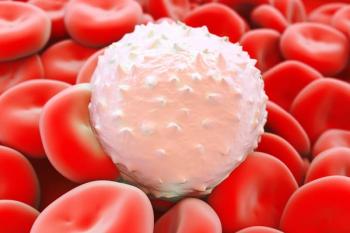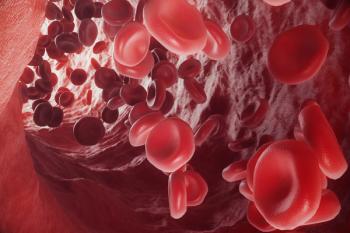
Crucial Communication Strategies for Dermatologic AEs of Cancer Therapies
Adam Friedman, MD, FAAD, discusses essential communication strategies for oncologists to address patient fears about dermatologic adverse effects.
The landscape of modern oncology, while rapidly advancing, often comes with a challenging set of dermatologic adverse effects (AEs) tied to various anti-cancer therapies. For the oncology clinician, managing these AEs extends beyond clinical management, as it is tied to patient adherence and quality of life.
Adam Friedman, MD, FAAD,
Overall, the study showed that a significant portion of respondents, including those who have previously undergone cancer treatment, indicated they would potentially decline life-saving anti-cancer therapies specifically due to the fear of dermatologic AEs such as permanent hair loss. Friedman, professor and chair of Dermatology, director of the Residency Program, and director of Translational Research at George Washington Medical Faculty Associates, discussed how clinicians can approach these conversations so patients can make informed decisions.
Transcript:
It starts with setting expectations—realistic expectations—on both sides of the fence. I like to say, name the fear first, then right-size it. Often, I have patients come into our supportive onco-dermatology clinic never being aware [of], for example, the hair loss associated with chemotherapy. I’m [going to] highlight chemotherapy, which is different from targeted therapies, whether it be small molecule inhibitors, biologics, or immunotherapies. They were never told that that was a possibility, that either hair loss would be permanent, or that when their hair grew back, it might grow back differently. It starts with setting the stage for success by letting people know what could potentially happen. It goes to having those early conversations before therapy starts. I know a lot of cancer centers, for example, have these boot camps where they introduce the patient to all those expectations. They get a handbook, and I’ve often seen the dermatologic [adverse] effect piece is like this big, and the book is this big. It’s important to prepare the patient for what could happen to the point of the [adverse] effects that most likely would push someone away from even pursuing treatment.
An impetus for this study was based on an earlier study finding that about 8% of [individuals] who were surveyed in an earlier survey study [stated] that they would not get treated for breast cancer due to the risk of hair loss. We wanted to put our finger on the pulse of where people are feeling now but also look at whether someone has had treatment before vs has never had treatment. Is there a difference in that perception? While both were certainly concerned, those who had gone through the experience before were more likely to do it again, knowing full well what those [adverse] effects look like.
Reference
Menta N, Vidal SI, Whiting C, Azim SA, Desai S, Friedman A. Perceptions and knowledge of dermatologic side effects of anti-cancer therapies: a pilot survey. J Drugs Dermatol. 2025;24(8):e57-e58.
Newsletter
Stay up to date on recent advances in the multidisciplinary approach to cancer.

















































































